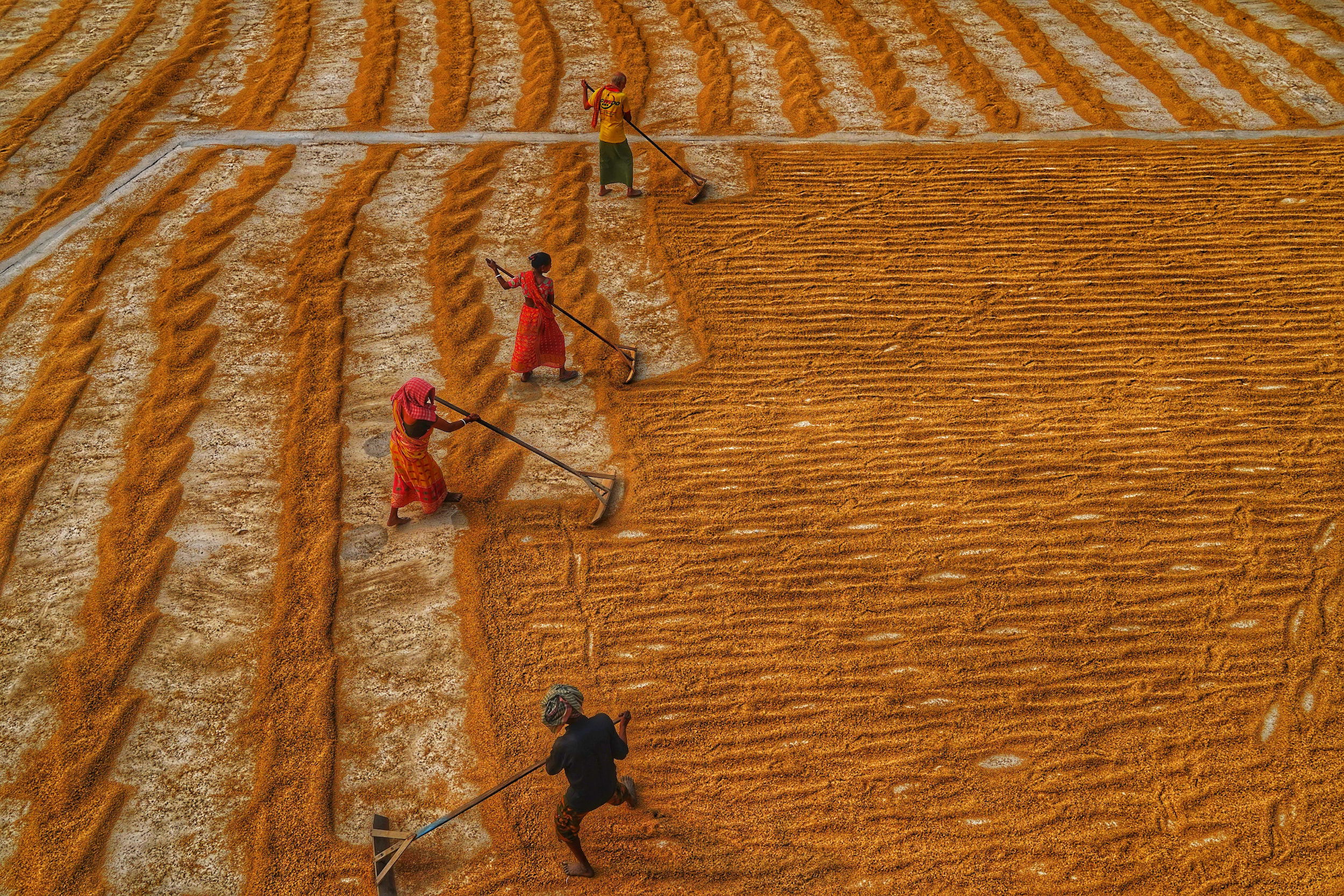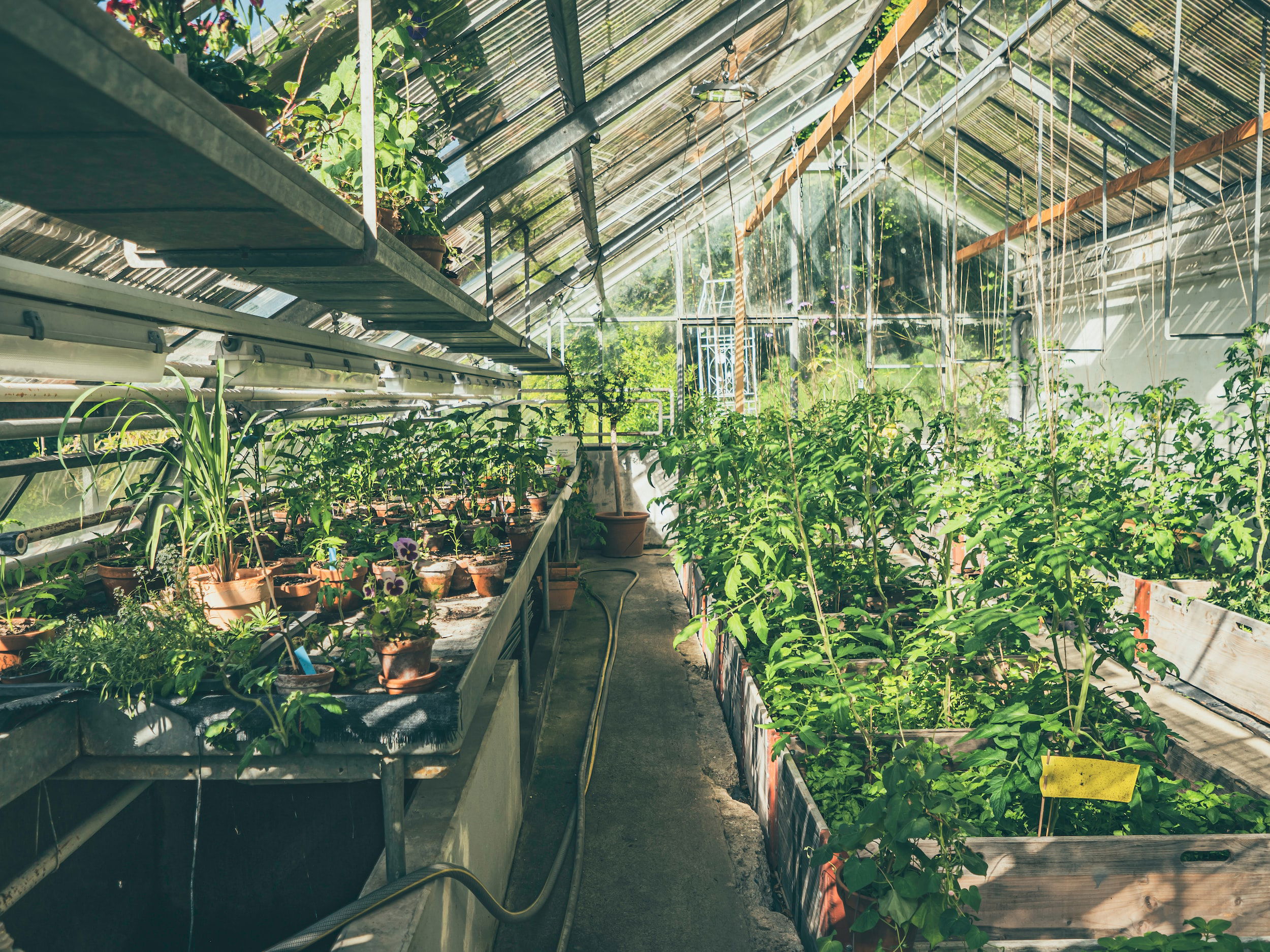Climate Change and Agriculture: Adapting to a Warming World
Climate change is one of the most pressing global challenges of our time. Its impacts are far-reaching, affecting ecosystems, weather patterns, and economies worldwide. Agriculture, as one of the most climate-sensitive sectors, faces significant challenges in adapting to a warming world. In this article, we will delve into the complex relationship between climate change and agriculture, exploring the impacts, adaptation strategies, and the critical role that sustainable practices play in mitigating the effects of a changing climate.

The Impacts of Climate Change on Agriculture
Climate change affects agriculture in multiple ways, including:
1. Altered Weather Patterns
- Increased Temperatures: Rising temperatures can lead to heat stress in crops and livestock, reducing yields and productivity.
- Erratic Rainfall: Changes in precipitation patterns can result in droughts or floods, disrupting farming schedules and causing crop losses.
2. Pest and Disease Outbreaks
- Extended Growing Seasons: Warmer temperatures can extend the growing seasons of pests and diseases, leading to increased infestations.
- New Pest Threats: Changes in temperature and humidity can expand the range of pests and introduce new ones to previously unaffected regions.
3. Water Scarcity
- Melting Glaciers: Many farming regions rely on glacier-fed rivers for irrigation. The melting of glaciers reduces the availability of water for agriculture.
- Changing Rainfall Patterns: Altered rainfall patterns can lead to water shortages for both crops and livestock.
4. Loss of Biodiversity
- Reduced Pollination: Changes in temperature and habitat loss can disrupt pollinator populations, affecting the production of fruits and vegetables.
- Habitat Degradation: Climate change can result in habitat loss, reducing the availability of natural resources for agriculture.
Adaptation Strategies for a Warming World
Agriculture must adapt to the challenges posed by climate change. Several adaptation strategies can help mitigate the impacts:
1. Crop Diversification
- Mixed Cropping: Planting a variety of crops can spread the risk of crop failure due to changing conditions.
- Diversified Varieties: Developing and planting crop varieties that are more resilient to heat, drought, or pests.
2. Water Management
- Efficient Irrigation: Implementing efficient irrigation systems to reduce water wastage.
- Rainwater Harvesting: Collecting and storing rainwater for agricultural use during dry periods.
3. Improved Soil Health
- Conservation Agriculture: Reducing soil disturbance and using cover crops to improve soil health and water retention.
- Composting: Enhancing soil fertility through organic matter like compost.
4. Climate-Resilient Livestock Farming
- Breeding Programs: Developing livestock breeds that are better adapted to heat stress.
- Improved Shelter: Providing shade and shelter for animals during extreme weather events.
5. Sustainable Practices
- Agroforestry: Integrating trees into farming systems to improve biodiversity and provide shade.
- Organic Farming: Reducing the use of synthetic chemicals and promoting sustainable land management.
Sustainable Agriculture as a Solution
Sustainable agriculture plays a vital role in mitigating and adapting to climate change. It emphasizes practices that not only reduce the carbon footprint of farming but also enhance resilience to climate-related challenges. Key sustainable agricultural practices include:
1. Agroecology
Agroecological principles, such as crop diversity, crop rotation, and reduced tillage, promote ecological balance and resilience in farming systems.
2. Carbon Sequestration
Planting trees and cover crops, as well as improving soil health through composting and reduced soil disturbance, sequesters carbon and mitigates climate change.
3. Water Efficiency
Efficient irrigation systems and rainwater harvesting reduce water usage, a critical concern in the face of changing precipitation patterns.
4. Reduced Emissions
Sustainable agriculture minimizes greenhouse gas emissions through practices like low-input farming and reduced use of synthetic fertilizers.
The Role of Technology in Adaptation
Technology plays a crucial role in helping agriculture adapt to climate change:
1. Climate Data and Modeling
Advanced climate data and modeling tools provide farmers with valuable information for decision-making and risk assessment.
2. Precision Agriculture
Precision farming technologies, including GPS-guided equipment and data analytics, optimize resource use and reduce waste.
3. Climate-Resilient Crop Varieties
Research and breeding programs develop crop varieties that are better adapted to changing climatic conditions.
4. Early Warning Systems
Remote sensing and monitoring systems can provide early warnings of extreme weather events, allowing farmers to take protective measures.
Government and International Initiatives
Governments and international organizations are taking steps to address the impact of climate change on agriculture:
1. Climate Policies
Governments are implementing policies to reduce emissions from agriculture and promote sustainable practices.
2. Financial Support
Financial support and incentives are provided to farmers to adopt climate-smart agriculture.
3. Research and Innovation
Investment in research and innovation helps develop new technologies and practices for climate adaptation.

Conclusion
Climate change presents significant challenges to agriculture, but with proactive adaptation strategies and sustainable practices, the sector can continue to provide for a growing global population while reducing its environmental impact. The future of agriculture lies in resilient and climate-smart farming systems that prioritize sustainability, efficiency, and the well-being of both farmers and the planet.
As the world continues to grapple with the impacts of climate change, the role of agriculture in adapting to a warming world becomes increasingly critical. By adopting sustainable practices, embracing technology, and supporting policies that promote climate resilience, the agriculture sector can contribute to a more sustainable and food-secure future.